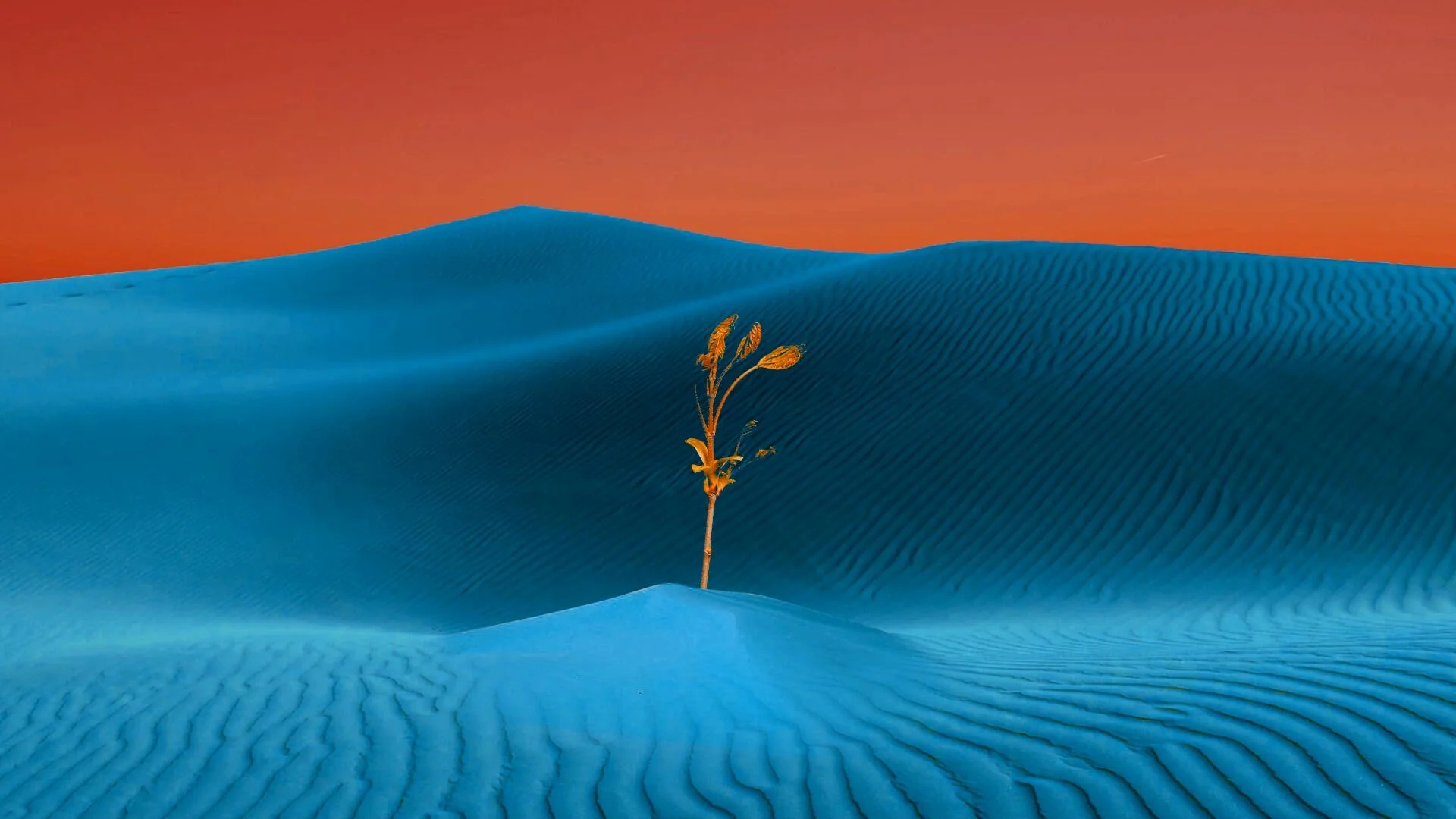Cover image: Flowerhead 16, Ang Xia Yi
Today, I woke up with a heaviness in my heart. There was a feeling of grief I could not quite articulate or place, and though I did not yet understand the cause, I knew that I needed to give myself time and space to embrace this sorrow, and with patience, its root causes would surely uncover themselves to me. During my daily meditation practice, I did some inner work, and what I found both surprised me and yet made perfect sense: I was feeling isolated from my family, whom I would visit weekly before Singapore implemented a ‘circuit breaker’ in an attempt to stop the pandemic. I missed the beach, walking barefoot on the sand, wind whipping my hair across my face, the sea leaving its film of brine on my skin. And yet, while the pandemic has altered the lives of people the world over, it has had its blessings. I have been able to see more of my husband who has been working from home, and we now have lunch and dinner together. We spend more time with the dog. We are thankful to have a comfortable place to call home so that we can practise social distancing, unlike the thousands of Bangladeshi migrant workers in Singapore who now bear the brunt of infections due to their overcrowded living conditions. We are humbled by our privilege and reminded of the need for social change for the marginalised.
In a Chronicle article I read recently by Aisha S. Ahmad, she writes that “the world is our work”. Indeed, we are seeing how the world, comprised of human and nonhuman entities and ecosystems, is responding to the pandemic, which David Quammen argues in this interview by Emergence Magazine is a result of human interference with wild ecosystems. While we grapple with life as we know it being altered forever, the nonhuman world too is suffering and rejoicing from “our work”. Social media reveals photographs of disposable masks carelessly discarded on the streets and finding their way into bodies of water, posing a threat to marine life. At the same time, we read of leatherbacks returning to the shores of Thailand and Florida as these deserted beaches are now a safe haven for these endangered turtles to lay their eggs and hatch more successfully. Air pollution has decreased dramatically across Europe and Asia from the closure of factories and halt on air travel. Yet, many are speculating that countries will go into overdrive after the pandemic wears off as they try to recover heavy economic losses.
How can we continue to care for the world at a time where we are so focused on caring for ourselves? How can we look beyond to recognise the human and nonhuman others, with whom we share this world? It is my hope that while many of us are staying at home, we will use this time to read a better world. In Not Just Fiction: Writing the Climate Crisis, I share that “to read is to inhabit”. Let us begin by reading and inhabiting the works and worlds of literature, photography and art in Issue 4, which celebrate the strange and beautiful, the terrible and ordinary, the wild and wonderful—Ainu rituals in Sabrina Ito’s “Holy Bear Ritual” (Hawai’i-Canada), the colourful streets of Vietnam in moth1’s “#windowmoth” (Vietnam-Singapore), Bernice Chauly’s broken Australian landscape (Kuala Lumpur, Malaysia), Thomas Bacon’s awe-inspiring Alaska (Alaska, USA). Whether we discover our relationship with nature anew in Ang Xia Yi’s defamiliarising Flowerhead (Kuala Lumpur, Malaysia), or take a train into an alternative universe with Fiona Jones on “Another Journey” (Scotland), where time and place is reimagined, and “the world, perhaps, lasts longer”, let us read with the intention to care, to come full circle into healing with the world we inhabit.
Esther Vincent Xueming
The Tiger Moth Review




